Inca Trail vs Salkantay Trek. If you've decided to trek to Machu Picchu, you're undoubtedly having difficulty choosing between the Inca Trail and the Salkantay Trek. My name is Juan Coronel, and I'm a tour guide in my home country of Peru. In this guide, I'll provide a clear and detailed comparison of Peru's most popular trekking tours to help you find the one that best suits your interests. Ready to explore? Let's dive in.
Table of Contents
Inca Trail vs Salkantay Trek to Machu Picchu: A Complete Guide
Overview
What is the Inca Trail?
Let's start with the Inca Trail. This iconic trek is often ranked among the best hikes in the world. Its fame comes from the combination of stunning inca sites and natural scenery, making it a highly sought-after hike. Contrary to what some blogs say, the trail isn't always crowded or fully booked. With some smart planning, you can enjoy this incredible hike with just a few other tourists.
What is the Salkantay trek?
The Salkantay Trek is the less popular option but the second in demand after the Inca Trail. It offers more wildlife, breathtaking mountains, and cloudscape vistas. This trek is a great alternative to the Inca Trail to Machu Picchu. It is longer and more challenging than the Inca Trail, but it offers spectacular scenery and a more authentic experience of the Peruvian Andes.
Now, consider reviewing some of the distinctions to help you determine which route is best for you:
| Inca Trail | Salkantay Trek | |
| Hiking Distance | 43 km (26 mi) | 60 km (37 mi) |
| Highest Altitude | 4215 m (13,829 ft) | 4630 m (15,190 ft) |
| Difficulty | Moderate | Challenging |
| Price Range (USD) | $700-$800 | $500-$700 |
| Availability | March to January | All year |
| Permits | Required (250 per day) - Needs to be booked in advance | Not required (no limit) |
Both treks offer breathtaking vistas, Inca ruins, and rich history, so you will have a wonderful time on either route you choose. Here are the features I've considered to give you a broader idea of each trail:
Hiking Distance
These two hikes vary in length depending on the itinerary and route. You shouldn't be surprised if some websites have a different number of kilometers than others.
How long is the Inca Trail?
The Sacred Valley is the starting point for the Classic Inca Trail, which begins at the little village of Piscakucho, often called Km 82. Depending on your group size, the pace at which you like to go, and the number of days you have to spend, you can choose between a 4-day or 5-day tour. Both routes will take you along the same path, 43 kilometers (or 26 miles) long.
How long is the Salkantay trek?
The Salkantay trek begins in the Mollepata District. You can choose between several routes, schedules, and departure spots. The classic route of the Salkantay Hike starts near the Soraypampa base camp and takes hikers to explore the Humantay Lake, Salkantay Pass, the Cloud Forest, and Machu Picchu. In a 5-day tour, you can cover a total distance of 60 kilometers or 37 miles.
Altitude on the Inca Trail vs Salkantay Trek
Altitude sickness is a common concern when trekking to Machu Picchu, so it’s essential to keep this in mind before choosing your route. We always recommend arriving two days before your trip, drinking plenty of water before and throughout the tour, eating light your first few days, and bringing Diamox. Here's what to expect in regard to altitude for both of these trails:
Inca Trail Altitude
On the Inca Trail, you'll conquer two significant mountain passes. The first is Dead Woman's Pass, standing at 4,215 meters (13,829 feet) above sea level. The ascend typically takes about 6 hours and roughly 2 hours to come back down. The second peak, Runkurqay Pass, is a bit lower at 4,000 meters high (13,123 feet) and takes about 2 hours to reach the top.
The Inca Trail isn't as high as the Salkantay Trek, but you'll still spend a considerable amount of time above 3,000 meters (9,842 feet). This can increase your chances of facing altitude-related difficulties, but with proper preparation, you should be able to handle it without any problems!
Salkantay Trek Altitude
The Salkantay trek's highest point is 4,630 m (15,190 ft), almost 200 meters higher than the Inca Trail's highest point. However, there's only one mountain above 3,000 m (9,842ft).
While the chances of having altitude problems are higher on the Salkantay trek, you will only be hiking at a high altitude for two days. After that, you'll descend into the cloud forest, where the average altitude is 2,600 meters (8,530 feet). From this point, you'll enjoy warm weather for the rest of the trek.
History in the Inca Trail vs Salkantay Trek
The Inca Trail is your best choice if you want to see some historical places associated with the Inca civilization. This doesn't mean that you won't get any historical lectures on the Salkantay Trek; the same tour guides who guide you on the Inca Trail will also guide you along the Salkantay Trek.
History on the Inca Trail
Before arriving in Machu Picchu, you'll stop at several archaeological sites, including Patallaqta, Runkuraqay, Sayacmarca, Phuyupatamarca, Intipata, Wiñaywayna, and Sun Gate. Our knowledgeable tour guides will provide insights into the local history at each stop.
History on the Salkantay Trek
The Salkantay Trek is more about natural scenery, but you might also get a chance to hike a section of the historic Inca Trail (different from the Classic Inca Trail to Machu Picchu). I'm referring to the trail to Llaqtapata, an ancient Inca site located on a mountaintop with views of Machu Picchu. It's usually part of a 5-day trek, but depending on the route you choose, it might not be included on your itinerary, so it's a good idea to check your options!
The scenery on the Inca Trail vs Salkantay Trek
Stunning vistas along the Inca Trail
The Inca Trail provides breathtaking views of the surrounding mountains and cloud forests. But what really sets it apart are the Inca sites along the way that blend into the scenery. Plus, on the last day of the trek, you'll get your first glimpse of Machu Picchu from the Sun Gate.
Scenery on the Salkantay Trail
The Salkantay Trek gives you more diverse and fantastic scenery than any other trek: lakes, glaciers, and cloud forests. Without a moment's hesitation, the view from Llactapata to Machu Picchu from a separate mountain is one of the most incredible vistas in the world.
Availability of Inca Trail vs Salkantay Trek
While the Inca Trail has a limited number of spots, the Salkantay Trek is open for booking anytime. During the high season, the Salkantay path can accommodate more people in a single group than the Inca Trail.
The Inca Trail limits the number of people allowed each day to 500, including porters, guides, chefs, and travelers. On average, about 200 tourists hike the trail daily, which is significantly higher than those who do the Salkantay Trek.
The Inca Trail also offers top-notch group control. Each tour guide can lead a maximum of 8 people at a time, and groups are limited to 16 participants with two guides. If a party exceeds 16 people, it will be split into smaller groups.
Pro-tip: The Inca Trail isn't open year-round. It closes to hikers in February to allow for maintenance and preservation of the trail. Make sure to plan your trip outside of this month to ensure you don't miss out on the experience.
Tickets for the Salkantay Trek
Contrary to the Inca Trail, the Salkantay trek is not subject to the same strict regulations. This means you can set up camp anywhere with guides and a trekking crew. Most companies decide how many people should be in their groups, or they sell tickets to as many people as possible.
Although fewer people hike the Salkantay Trek daily, the number of people in your group or with you on the trail will depend on the itinerary you choose and the company you hire. I mention this because I've seen groups with as many as 30 or 40 people. It might seem fun in larger groups, but you must consider everyone's physical condition, pace, and tastes.
Some days, the Salkantay Trek sees more hikers than the Inca Trail. While only 200 people arrive at Machu Picchu each day by the Inca Trail, around 4,000 people arrive at the wonder through other routes. This means there is a chance to see more tourists on the Salkantay Trek.
Budget
Inca Trail
A group tour of the Inca Trail typically costs between US$700 and US$800. The government strictly regulates daily access to the Inca Trail, so these tours are often more expensive than any Salkantay Trek tour. Consider an average increase of $200 for permits and porters. Before you book your Inca Trail trek, keep these additional tips for planning your budget:
- It is essential to know whether your trip includes a personal porter since some tour operators offer them as an add-on. Booking a trip with a company that provides personal porters is a must. Otherwise, hiring one during the hike may be costly.
- Check if the company offers comprehensive transportation services. For instance, some companies do not provide bus service from Machu Picchu to Aguas Calientes. A negative experience at the end of the tour might spoil the whole journey.
Salkantay Trek
You don't need permits to go on the Salkantay Trek. However, you'll still need tickets to access Machu Picchu and train tickets to return to Cusco. On average, a Salkantay Trek tour costs between US$550 and US$650.
Consider these tips before booking your tour:
- Avoid the lowest-priced trips for this hike. Suppose you are participating in a hike for many days at a high altitude in possibly terrible weather. In that case, you should always book with a reliable company with expert tour guides and appropriate camping equipment at heights of 3,000 meters or more.
- The lower the price, the bigger the groups will be to compensate for expenditures, underpaid employees, food quality, equipment, and accommodations.
- Any trip advertising Salkantay Treks for less than US$ 400 will likely have several hidden fees. You will ultimately spend more than you would on an all-inclusive tour (entry fees, emergency horse, duffle bag for personal items, transportation during the trek, extra activities on the route, hotel category, and bus up and down to Machu Picchu are basic things you must check before booking). You will be disappointed to learn that some were not included in your trip.
- Last but not least, consider the return train schedule to your hotel. Some companies reduce costs by booking you on the least expensive and latest trains available, which you probably won't appreciate after four days of hiking. These trains usually get back to Cusco around midnight or 1 a.m. TreXperience is one of the few companies that provides all-group tours with exclusive Vistadome Panoramic trains to Ollantaytambo and private vehicles for the final leg to Cusco.
Weather on the Salkantay Trek vs Inca Trail
Cusco is deep in the Andes, so the weather can really keep you on your toes. Whether you’re hitting the Inca Trail or the Salkantay Trek, you’ll find the same unpredictable conditions. We only have two seasons—rainy and dry—but it’s best to come ready for anything. Pack some light clothes and a warm jacket, and don't forget your rain gear!
Rainy Season (September to April): Rain isn't guaranteed every day during this season; there might even be weeks without a drop. However, the chances are higher than in the dry season. Daytime and nighttime temperatures might not vary so much.
Dry Season (May to October): Even though it's the dry season, consider bringing rain gear, as there might be occasional rains. When it is sunny, daytime temperatures could be sweltering, and at night, they can drop below 0°C.
Both treks start in the Andes, where the air is dry and cold, and finish in the cloud forest, where Machu Picchu is located, with warm weather and humidity. Due to the trails' location, the Salkantay Trek will likely get more rain than the Inca Trail.
Accommodations on the Inca Trail vs Salkantay Trek
Camping is the only option on the Inca Trail; robust porters must carry everything needed during the trek, such as food, equipment, and tents. You'll spend three nights camping along the Inca Trail. Toilets can be found at each campsite and at specific locations during the day, like lunch spots. At TreXperience, we provide portable toilets for all our groups.
On the Salkantay Trek, you have two choices: pitch a tent or stay lodge-to-lodge. There are plenty of lodges and campsites along the trail, making it easier to find a place to stay compared to the Inca Trail. The route we take is less crowded, and the campsite we stay at gives us free space to see the stars at night. A typical five-day tour includes three nights of camping and a night in a hotel in Aguas Calientes.
Camping with us
We provide good-quality camping equipment on both trails. Even on the most challenging days, when the weather can be extreme, you will still have fun and enjoy your vacation. Always prepare for rain and cold weather, and have sunscreen, water, and a camera.
Food on the Inca Trail vs Salkantay Trek
On all our hiking tours that last three days or more, you'll be accompanied by an expert trekking team dedicated to preparing fresh, delicious meals for you every day. The food is generally the same on each trek, but a few special additions are made depending on the route.
Inca Trail
On the Inca Trail, our trekking chef kicks off with a hearty breakfast on the first morning. Throughout the trek, we serve buffet style, so you’ll have plenty of daily options—from fresh fish on day one to chicken and beef and a range of vegetarian, vegan, gluten-free, and dairy-free dishes. We make sure everyone's dietary requirements are met.
On the Salkantay Trek, you’ll enjoy the same varied menu as the Inca Trail, plus a special treat: Pachamanca, a traditional Peruvian hot stone barbecue. This is something we can’t do on the Inca Trail due to fire restrictions. However, the Salkantay Trek takes us through villages in the cloud forest where we can engage with the locals. Here, you'll not only get to try organic coffee from the nearby farms—actually preparing your own cup from scratch—but also help cook a delicious Pachamanca.
The verdict
These are some of the differences between these great treks. As I mentioned at the beginning of this blog, you will have a wonderful experience on any of these tours, so this is a clear tie. If the Inca Trail is sold out, you can hike the Salkantay Trail, the Lares Trek, and even the Short Inca Trail are great options.
If you still haven't made up your mind, why not do both? You can also combine these fantastic routes in a single trip. Take a look at our 6-Day Salkantay + Inca Trail Expedition.
Written by


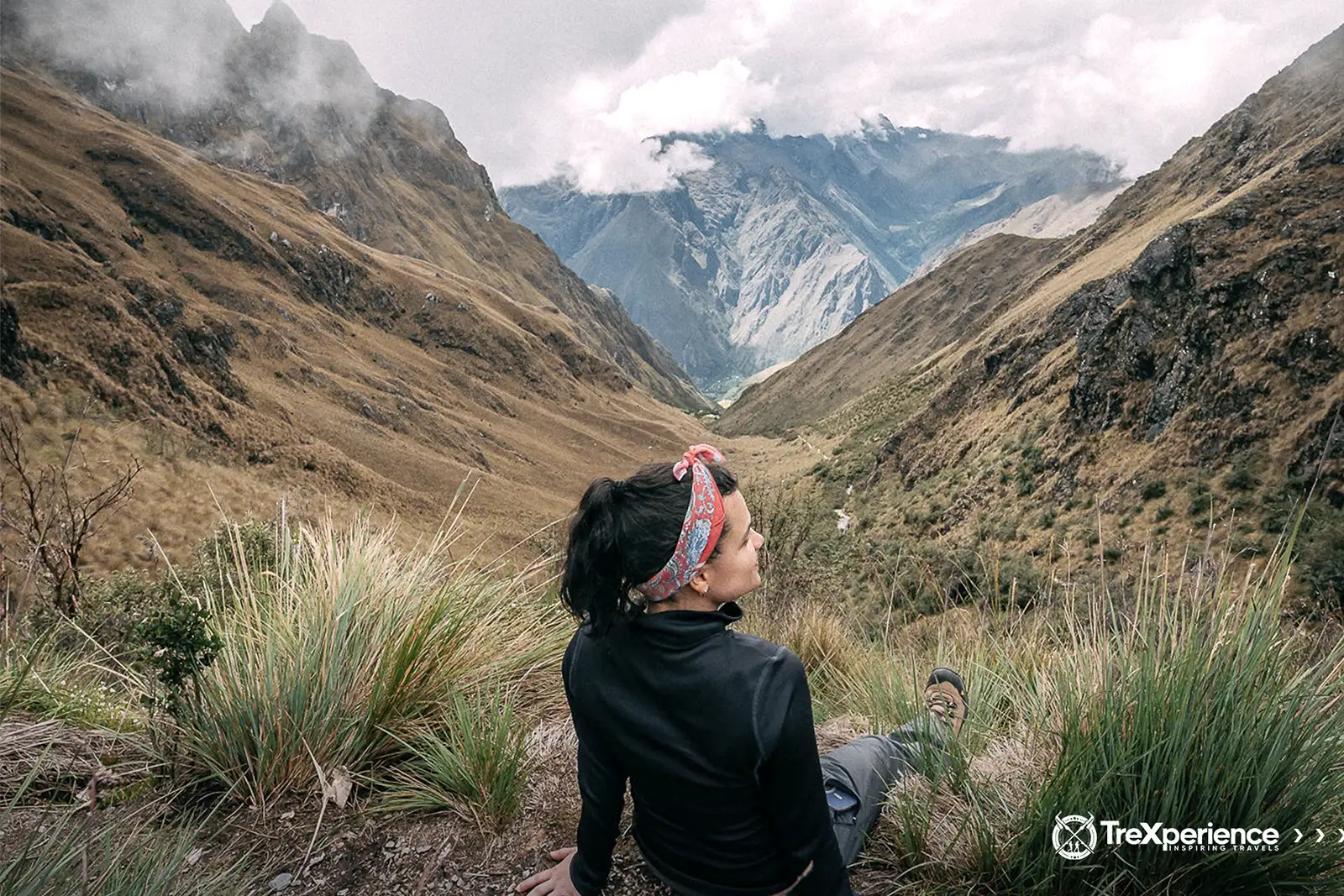
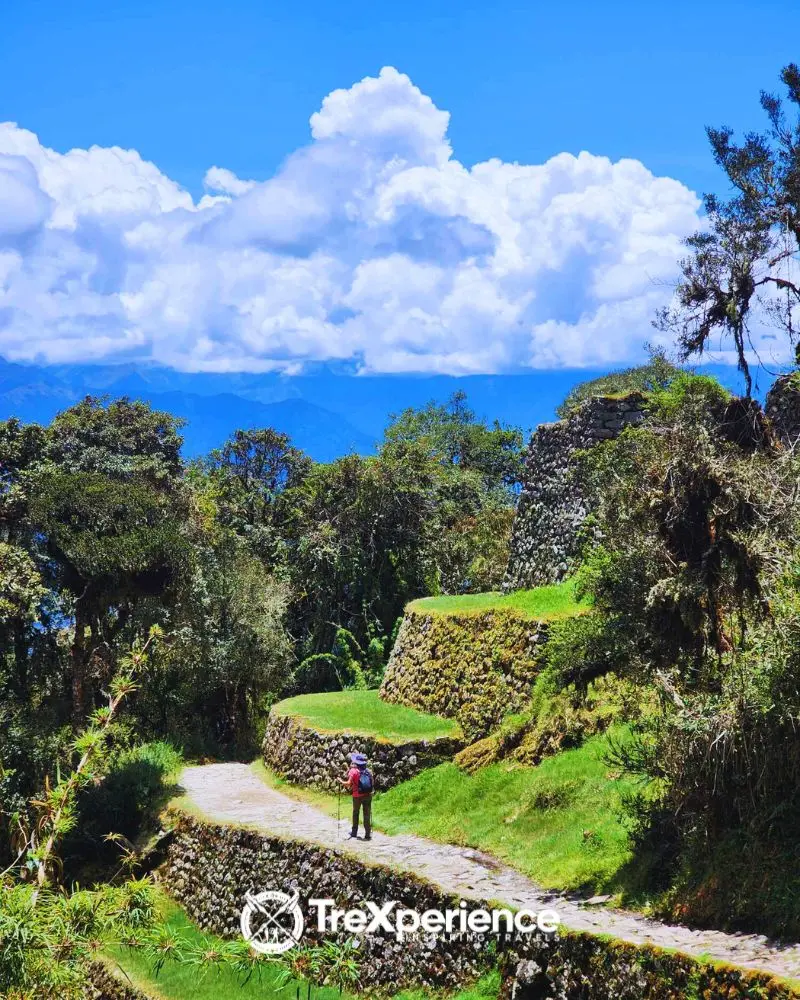
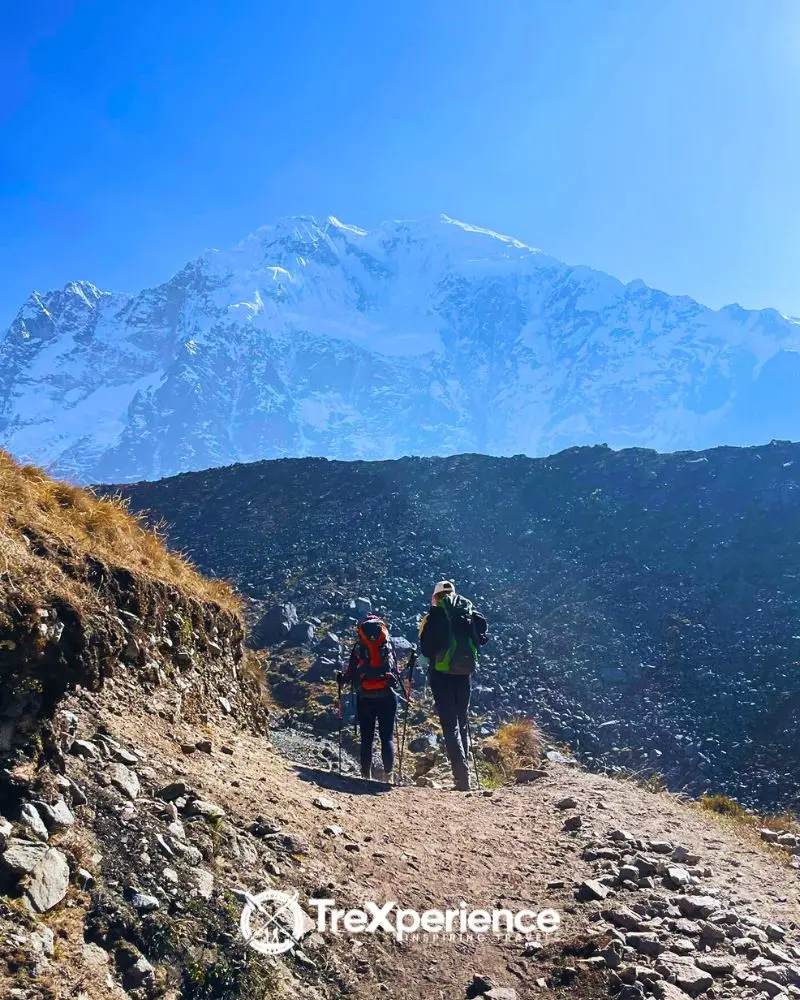
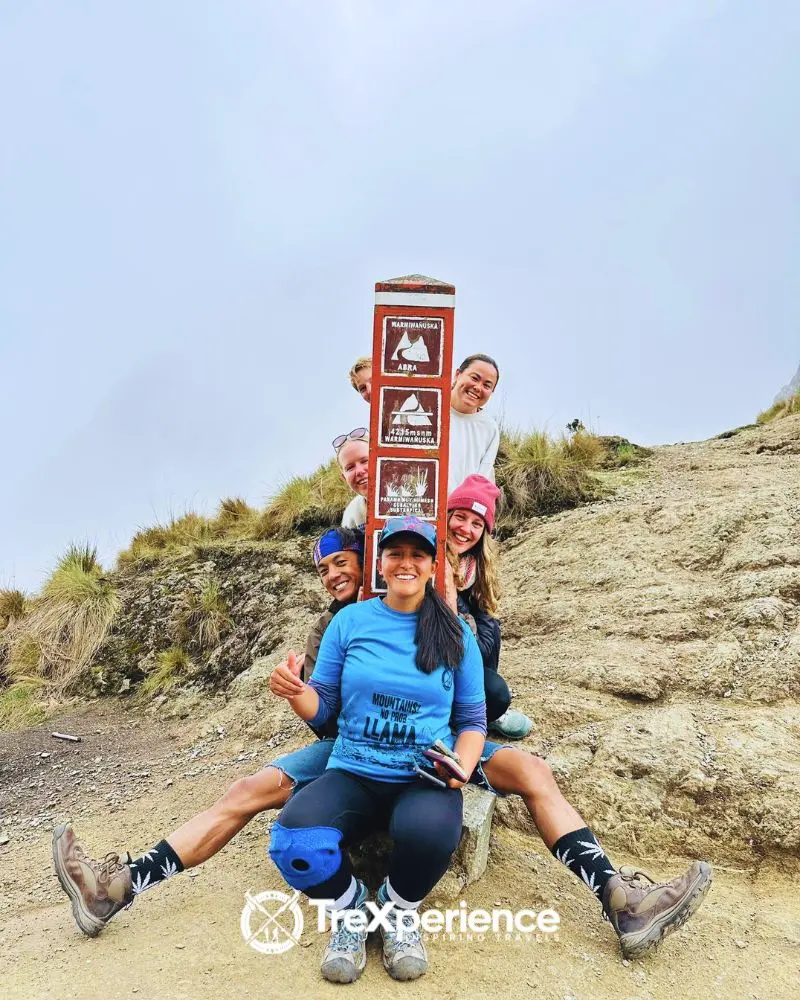
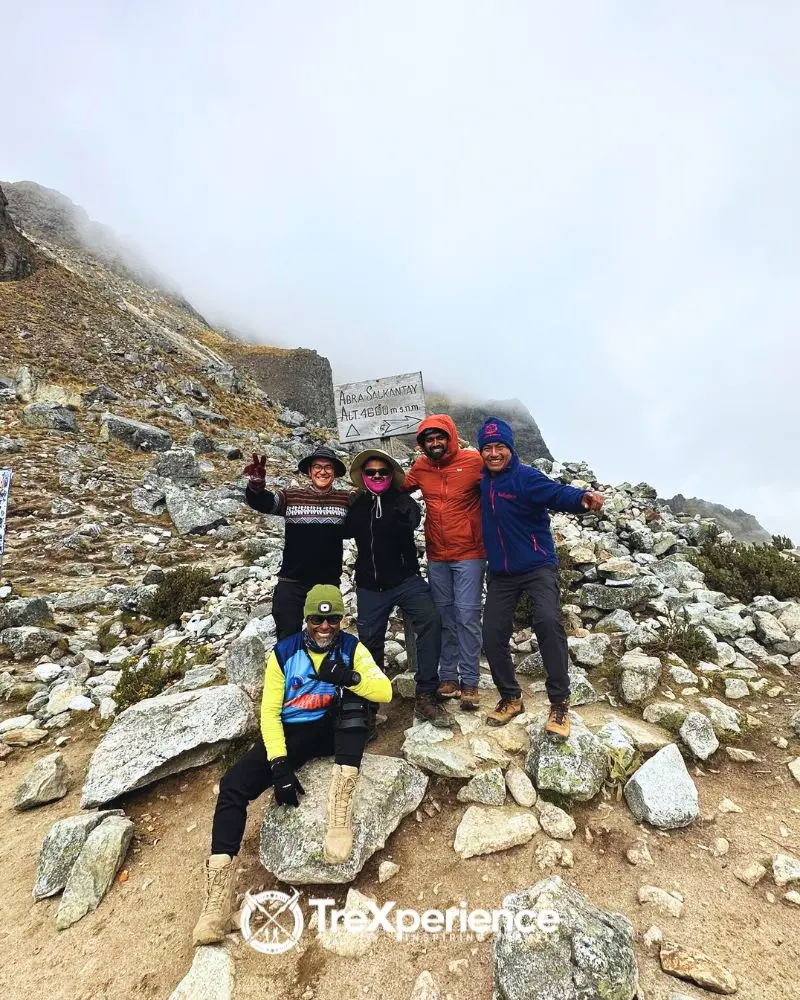
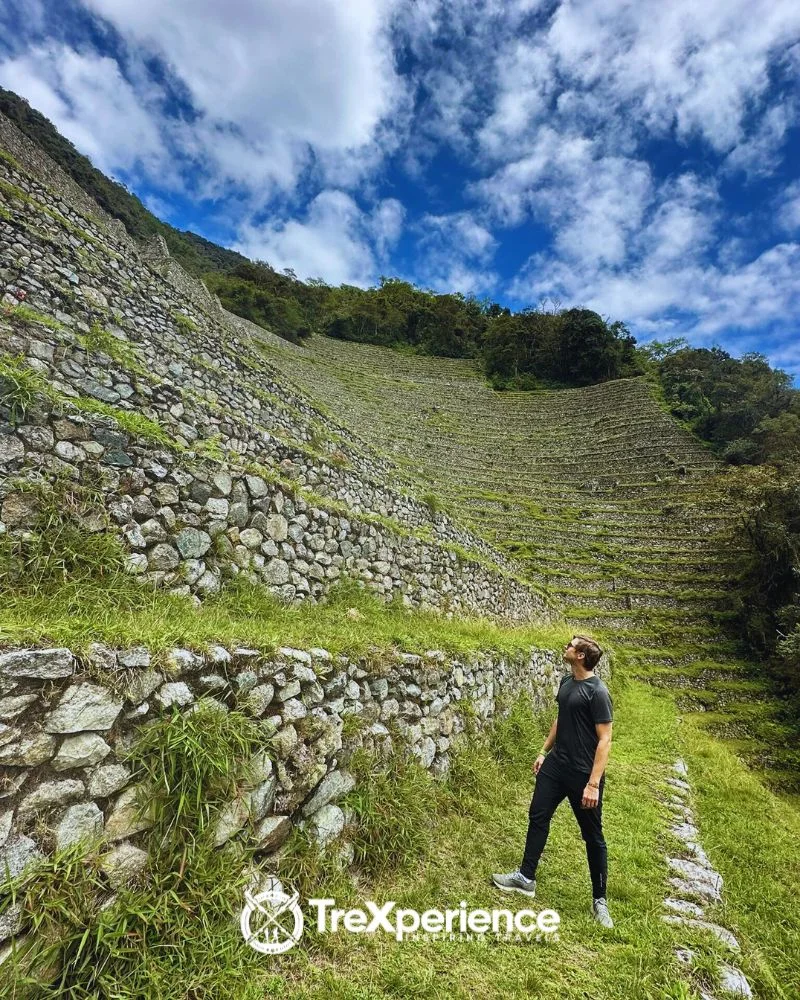
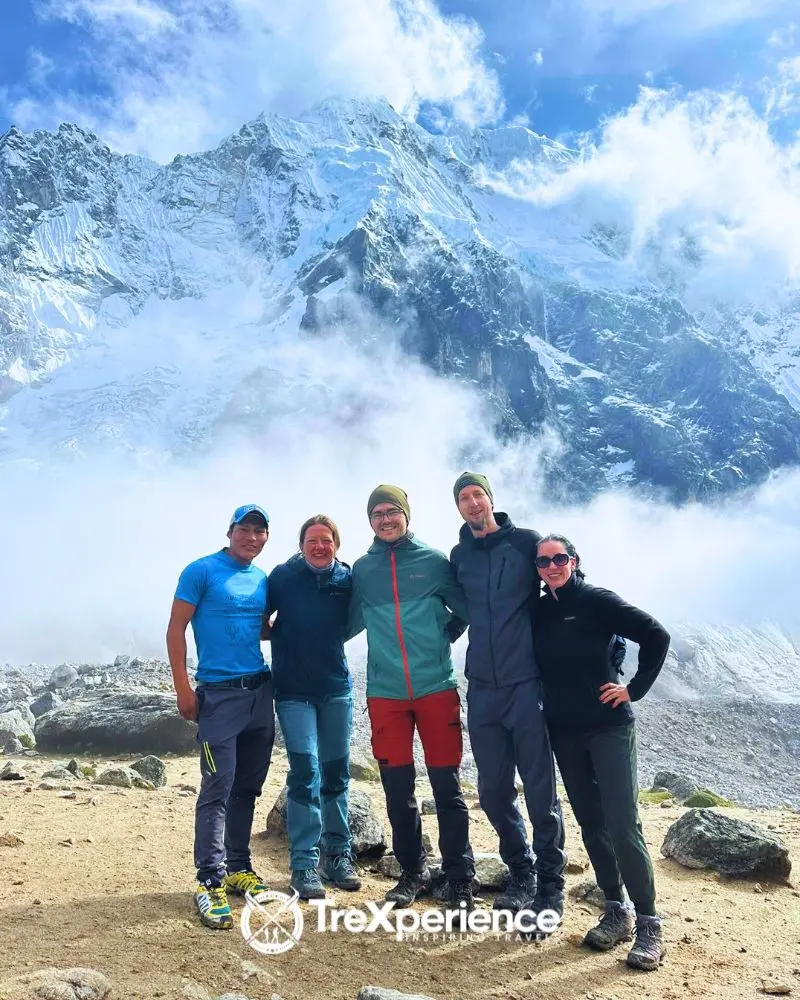
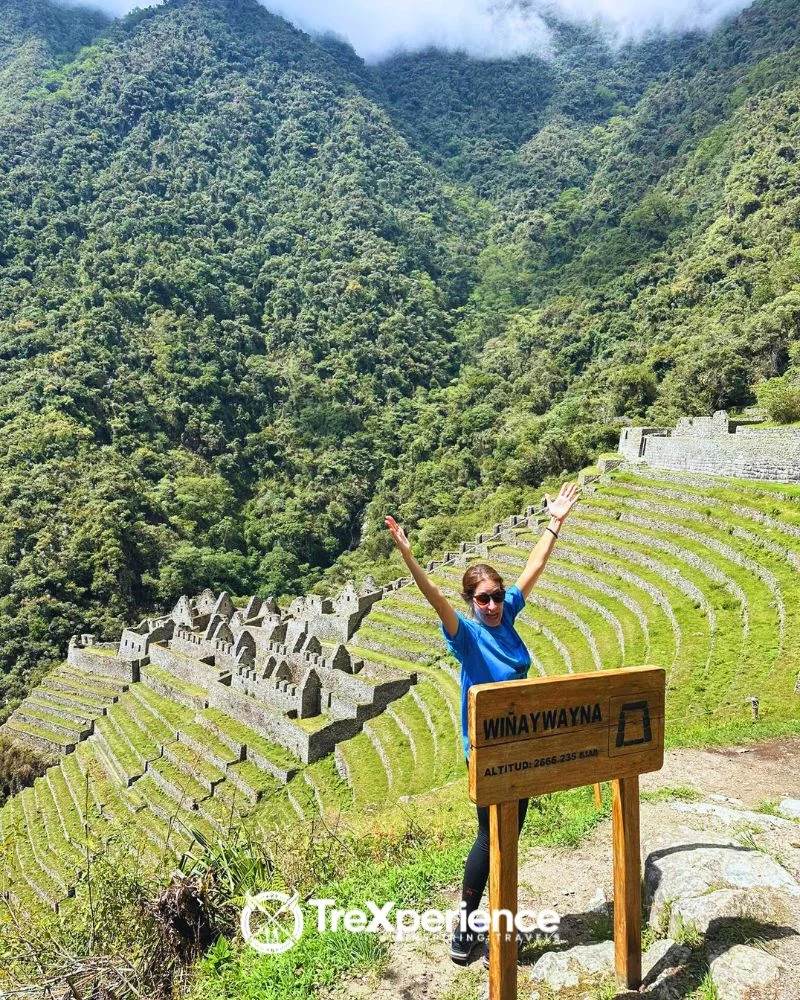
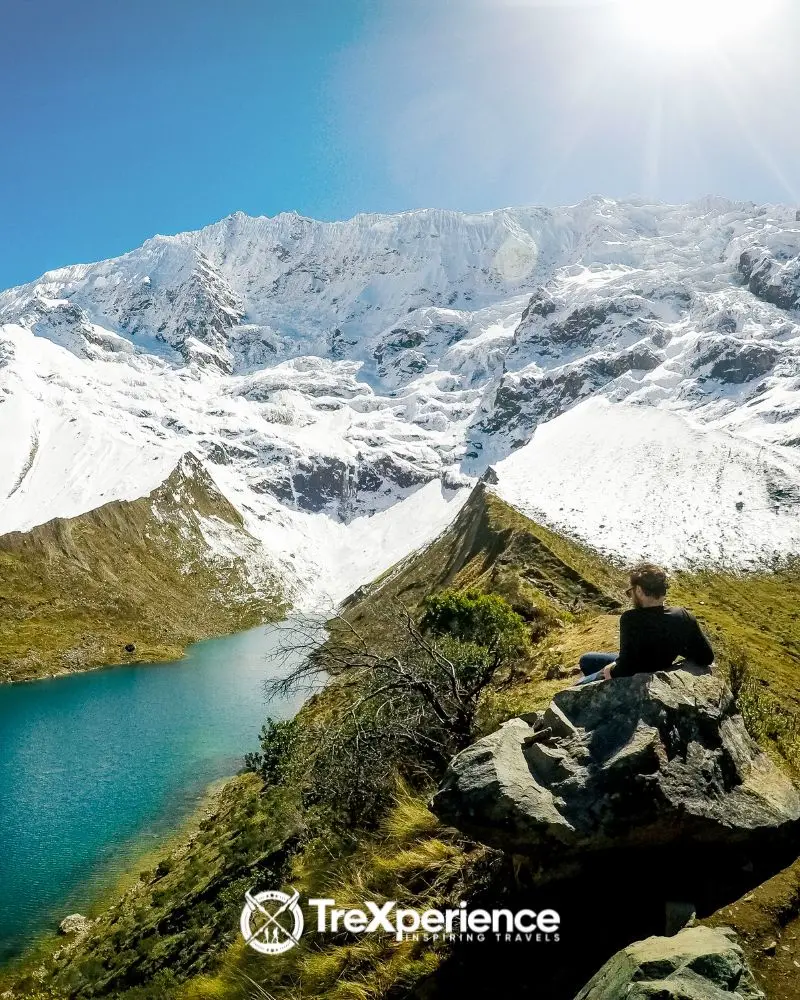
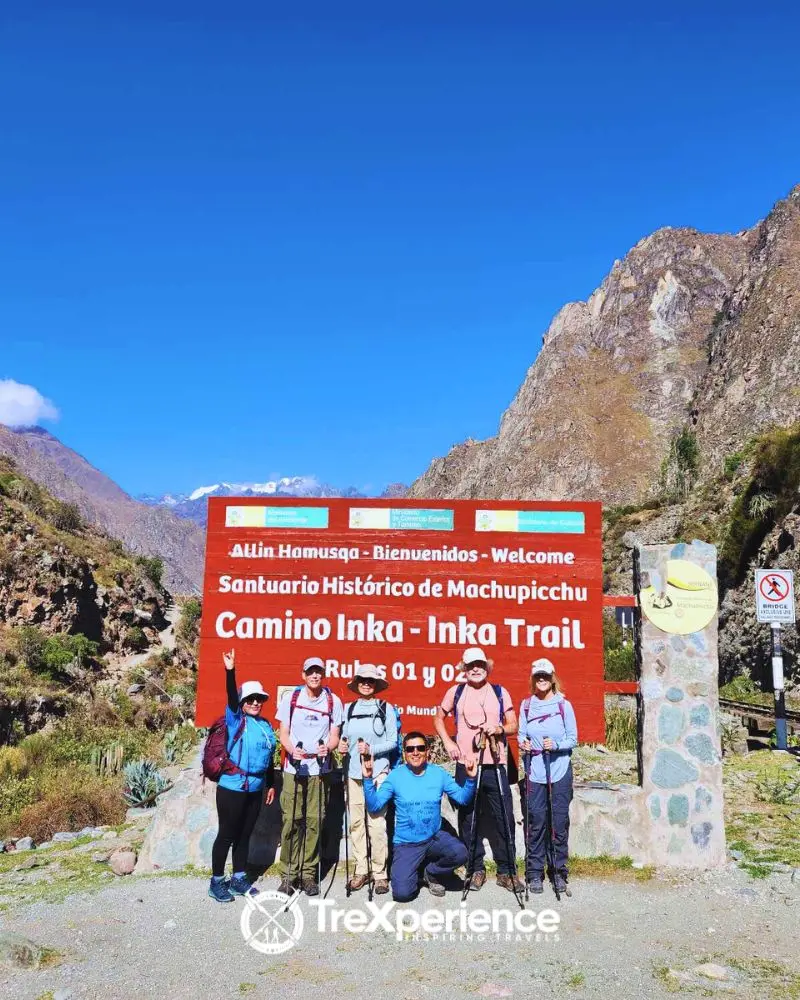
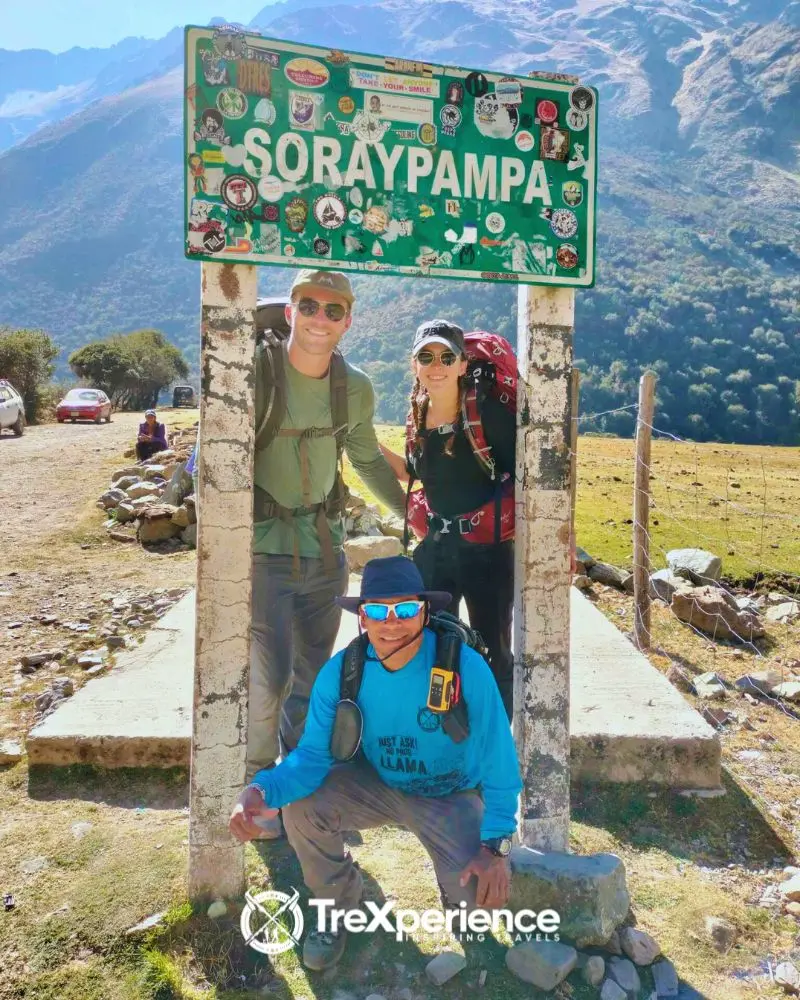
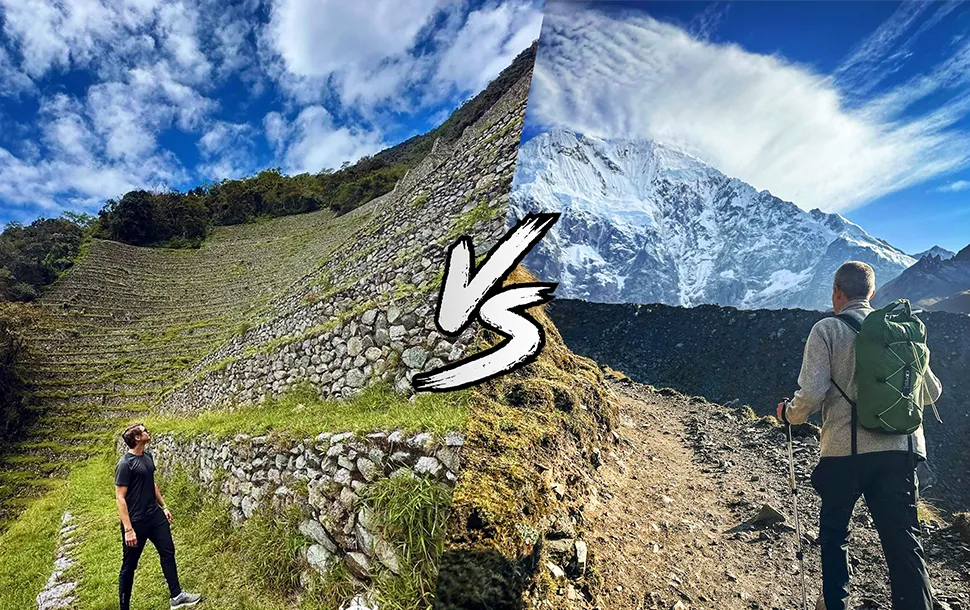
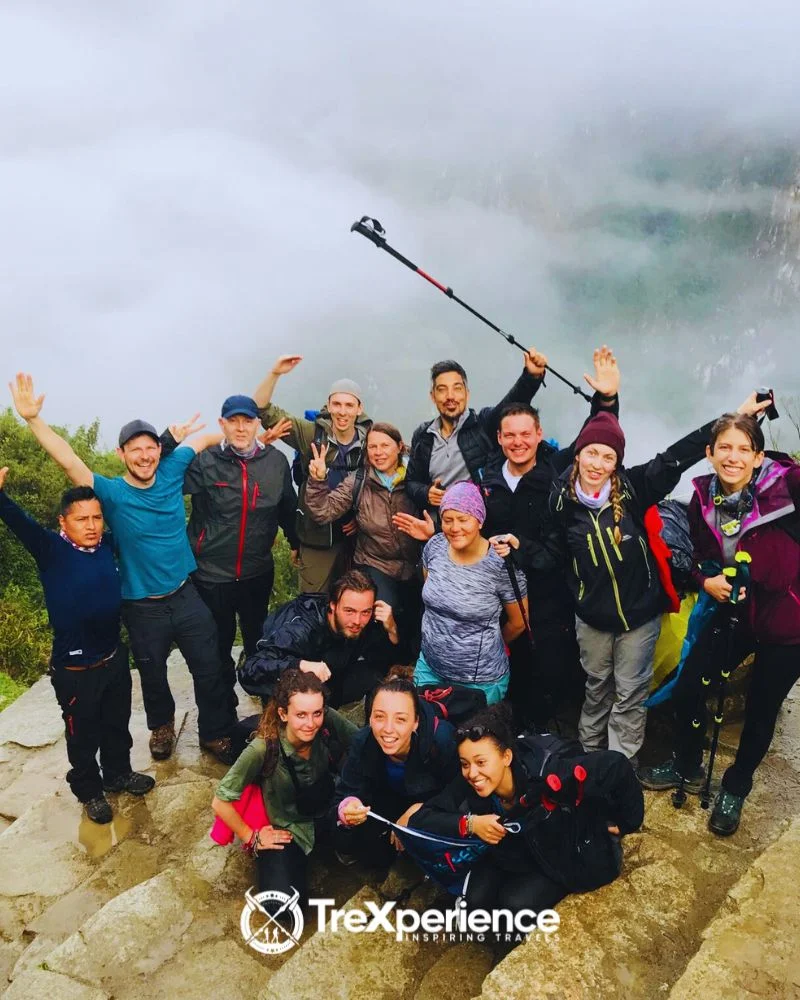
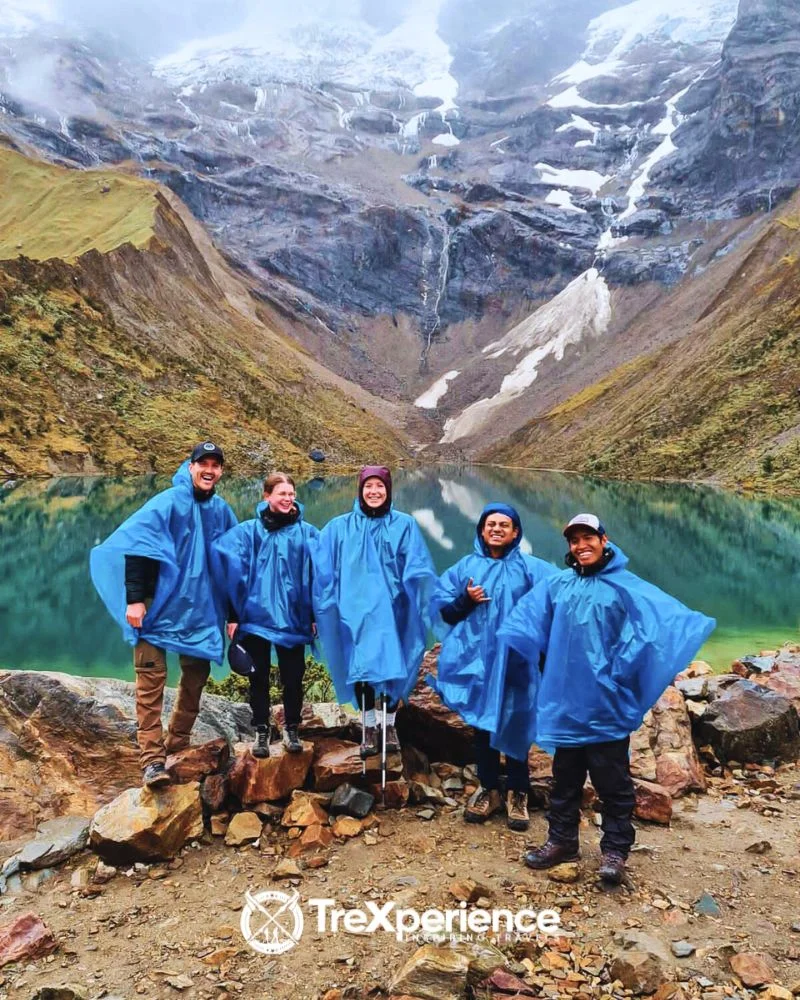
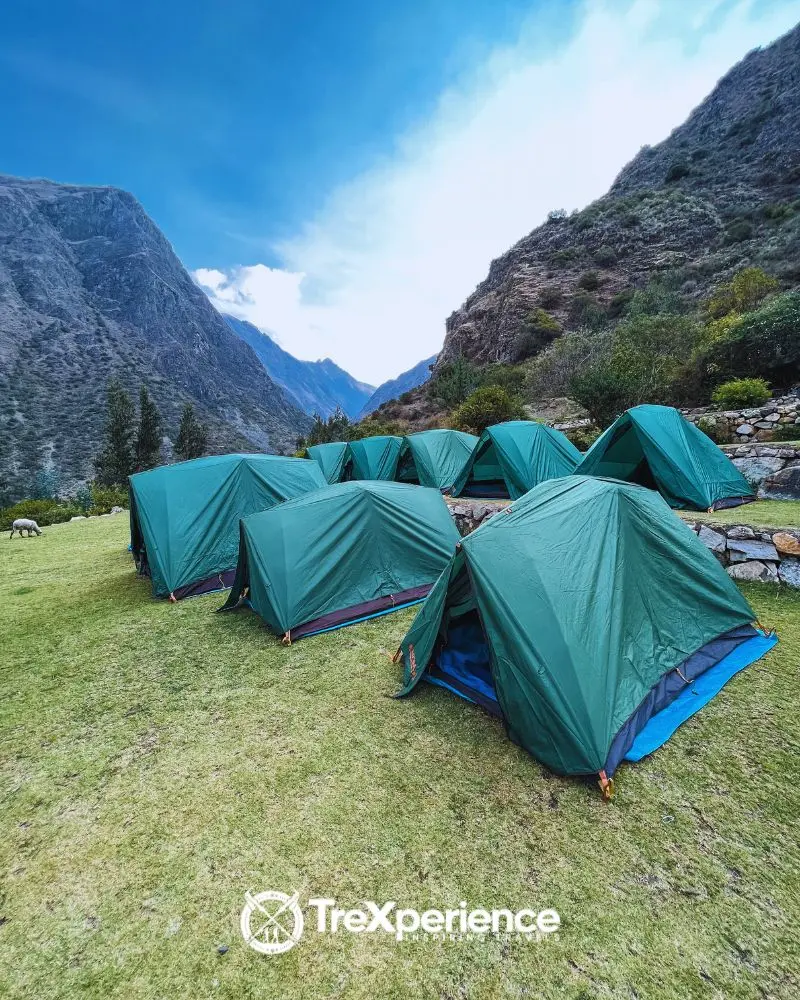
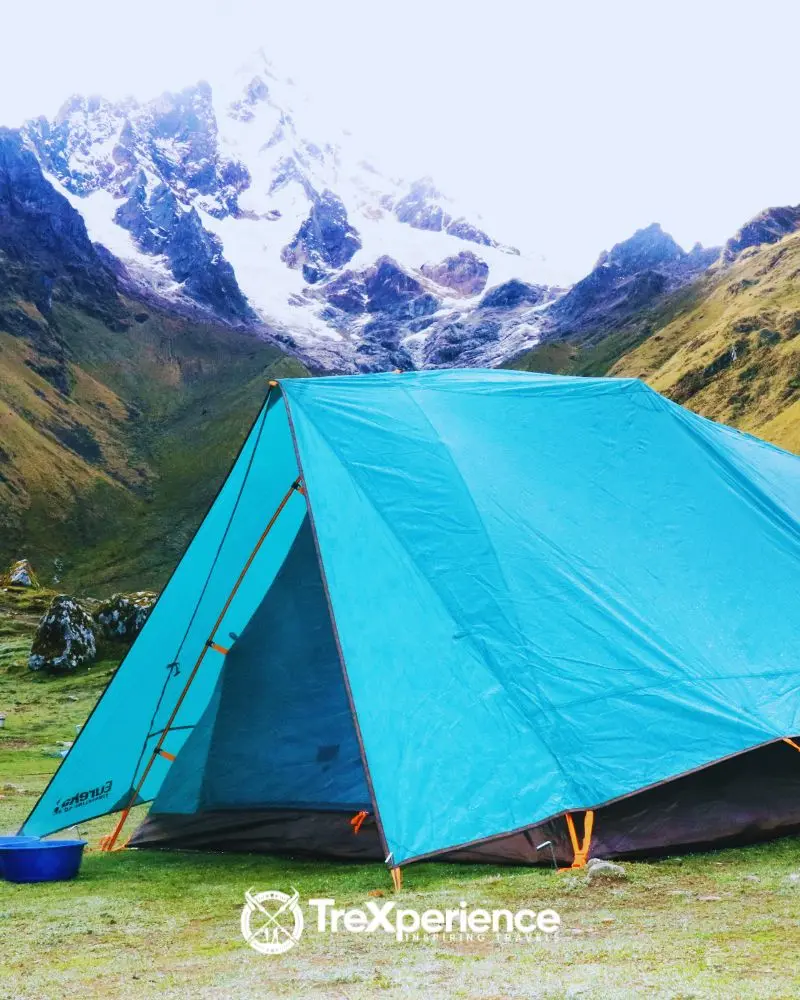
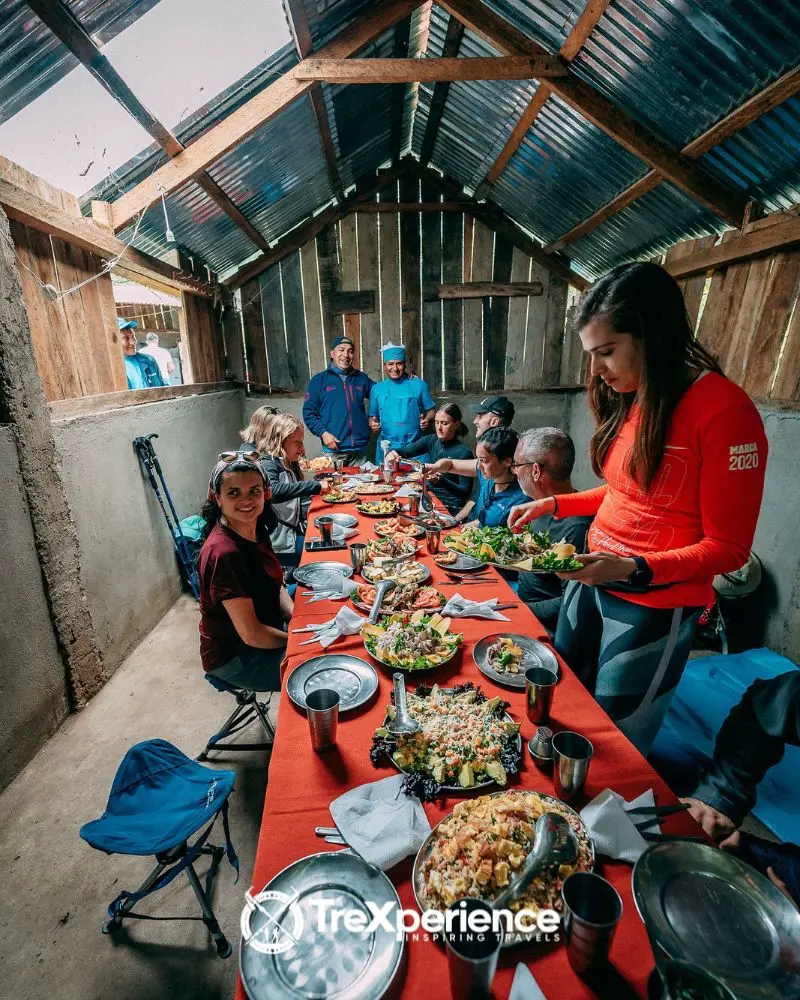
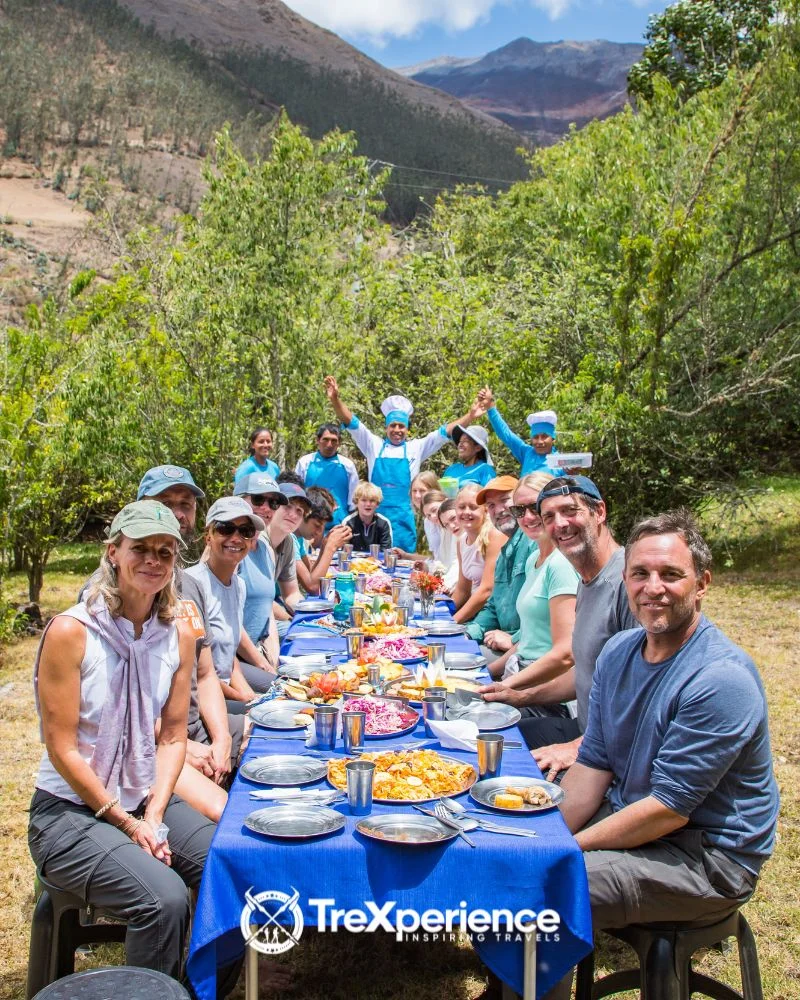
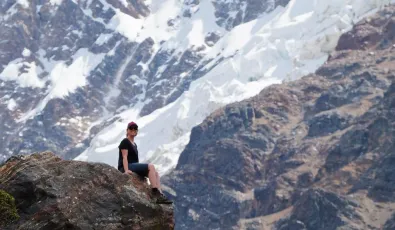
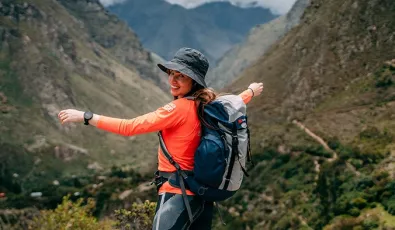
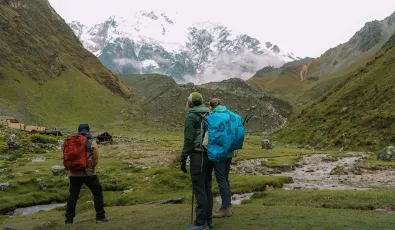
Add new comment